Corfu
March 2022 - World Cruise
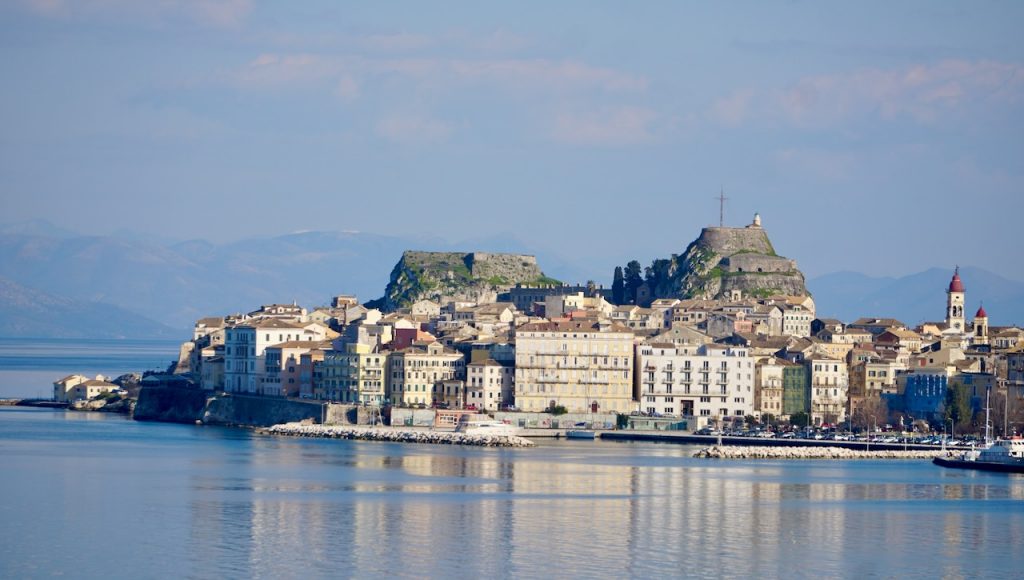
Notice: This will be the last single-port blog for a while. This coming week, we will be in different ports seven days in a row (including two nights in Venice). Thus, I will not have the sea days I’ve used for writing my blogs up to this point. But if a picture is worth a thousand words, then the photos I plan to post will make up for the lack of time for my usual text research and composition.
Corfu, Greece, is located offshore from mainland Greece at Greece’s northwest corner, offshore from Albania, which has a turbulent history with Greece. Corfu is proud to be Greece’s greenest island, in terms of climate. In terms of energy consumption, solar panels are widespread, as well as rooftop solar water heaters. I’ve previously seen these solar water heaters throughout the Middle East. I don’t know why they have not been employed in our country. These devices seem so practical and easy to install.
Our Corfu tour included visiting an ancient monastery, a mountainside village, lunch at a small town restaurant, a drive around the island, and finally, a walk through the capital, Corfu City. Our tour guide was a Corfu resident who was raised in the UK, so his commentary was in perfect Queen’s English. As background, he related that early Greeks had planted millions of olive trees throughout the island. We saw these trees on every mountainside, many of them several hundred years old. (Olive trees can live for over a thousand years!) He explained that most of the “wild” olive trees have been abandoned because of their isolation and the intense work necessary to harvest and process the olives. Corfu does produce its own olive oil. But many former olive farmers have found more lucrative work in the tourist service industry.
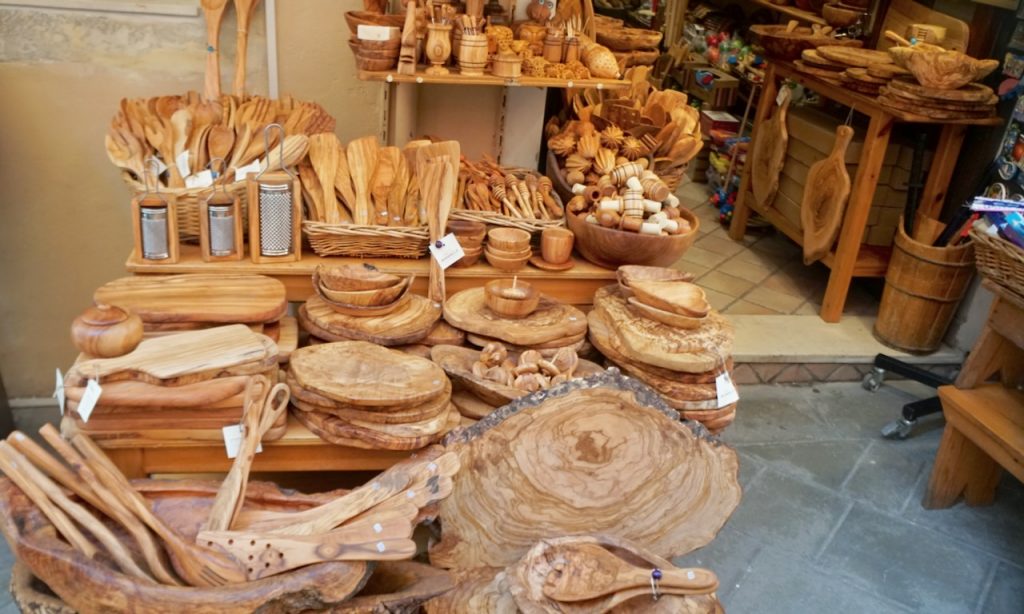
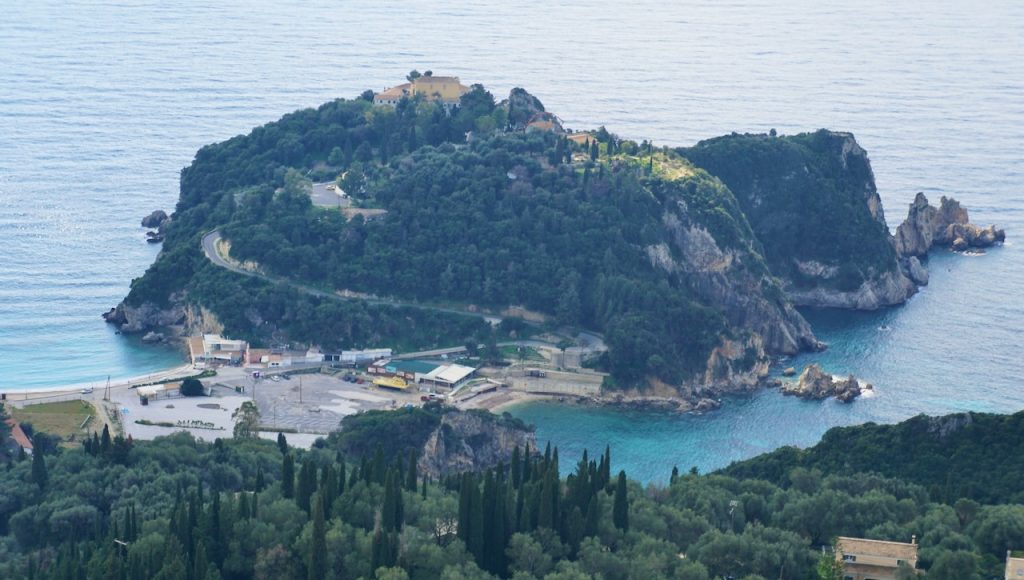
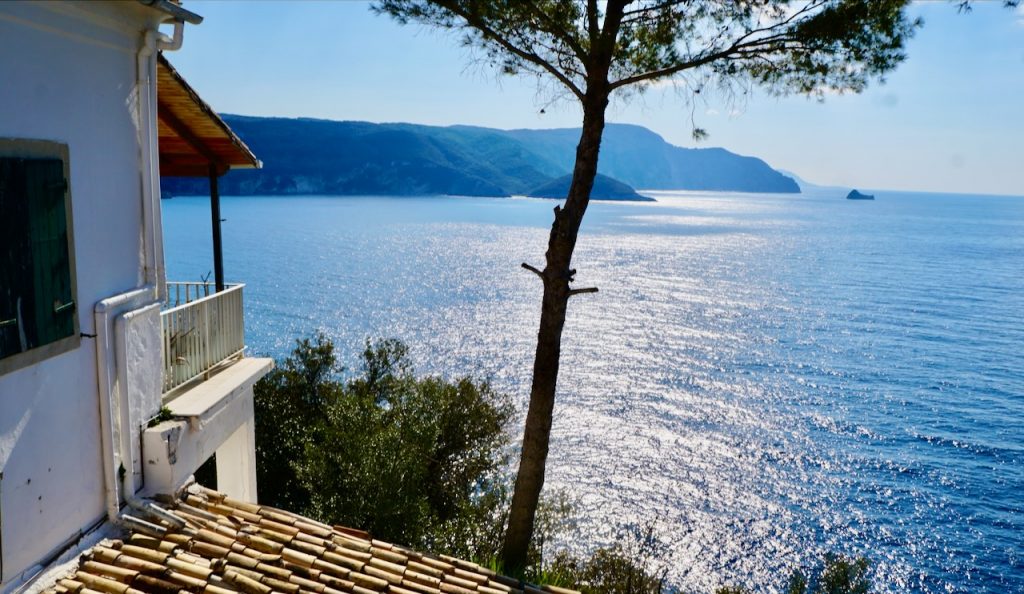

We visited a four-hundred-year-old monastery, built on (at the time of its construction) a very isolated region of Corfu. This location was chosen for its isolation and peacefulness, in order to support the prayers and meditations of its monks. Currently there are only six monks living full-time at the monastery. Their location overlooks the Ionian Sea (the name of this part of the Mediterranean Sea).
In ancient times, pirates and marauding naval forces always attacked from the sea. This is the reason that the mountainside village pictured below was built in such a difficult-to-access location. Their location diminished the likelihood of being attacked as well as its steep location being easier to defend from attackers coming up from the valley below.
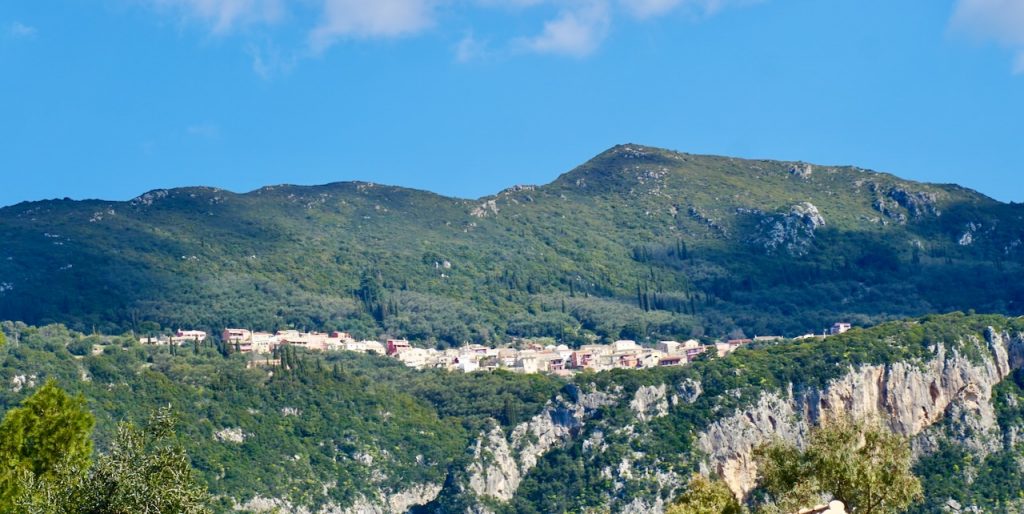
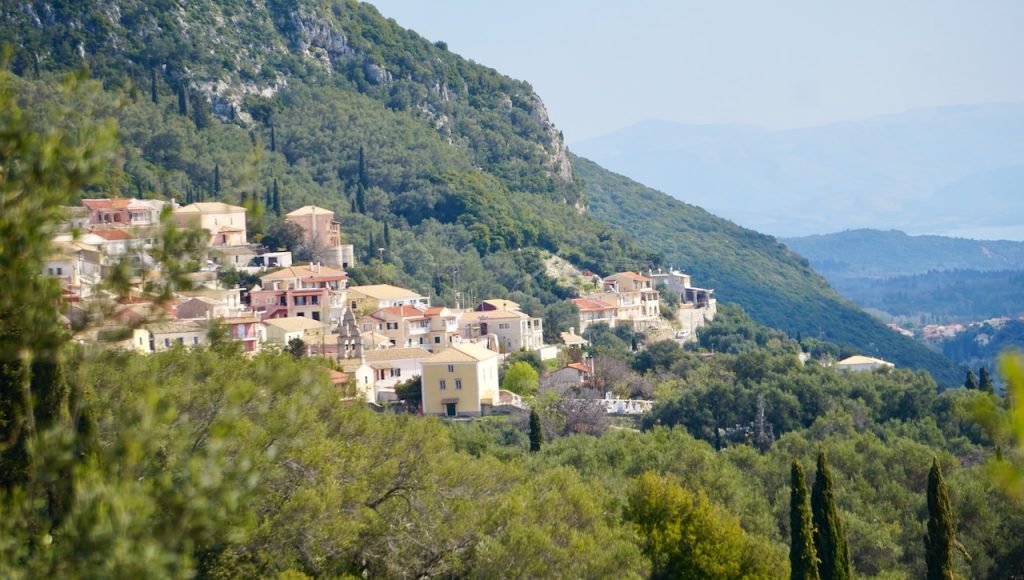
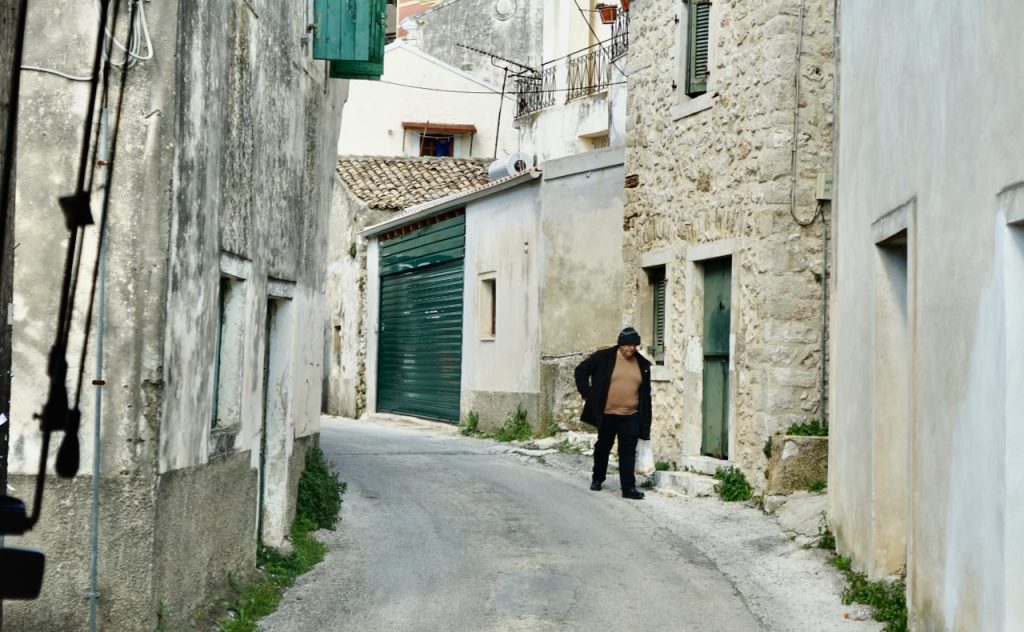
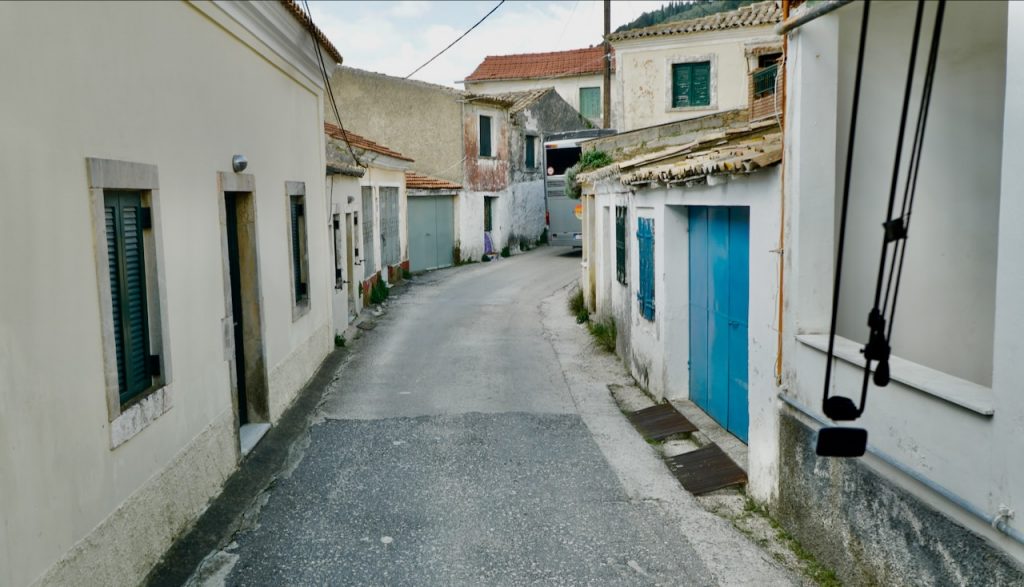
Besides Greece’s long land border with Albania, Corfu is close enough for a good swimmer to swim the Corfu Channel. Unfortunately, Albania was a dictatorship whose borders were completely closed for decades. Its people were told lies similar what the people of North Korea are told, as well as what Putin is telling Russians about the “threats” from Ukraine. “The countries around us are building weapons to attack us. Life in Albania is better than anywhere else in the world.” But anyone contradicting these lies would be imprisoned or killed by dictator Enver Hoxha who ruled Albania for forty-one years. From Wikipedia: “He also outlawed religion, travelling abroad, and private proprietorship, closed or converted to secular uses all of Albania's religious facilities. Under his regime, thousands of perceived dissidents were executed, and tens of thousands more were imprisoned in forced labor camps.” Thus it felt strange to see the beautiful mountains on the horizon as well as the medium-sized city on the coast. But at night, the number of light shining on the Albanian side of the Corfu Channel were much sparser than on the Corfu side.

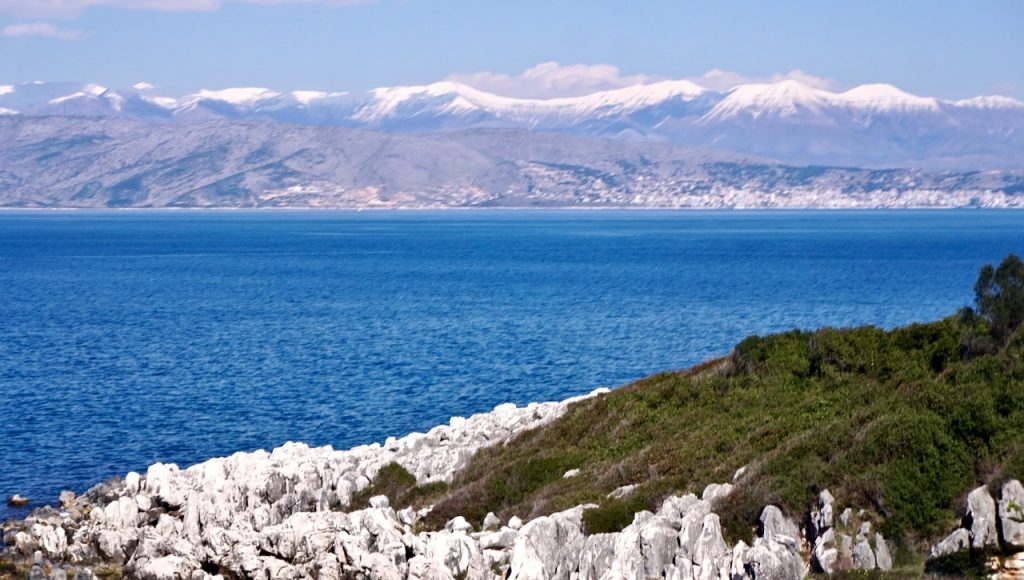
Finally, we walked around the largest city on the island, also named Corfu. The island of Corfu has approximately one hundred twenty thousand residents, a third of whom live in Corfu City. Historically, the island was ruled by the Venetians, who oversaw the construction of the large forts which dominate the city’s skyline. Corfu was the only part of Greece not ruled by the Ottomans. It was bombed in World War II and occupied by the Italians. It has been a popular vacation spot for the rich and famous, and is the birthplace of Prince Philip, the recently deceased husband of Queen Elizabeth II. I understand the popularity and appeal of Corfu from our brief visit.
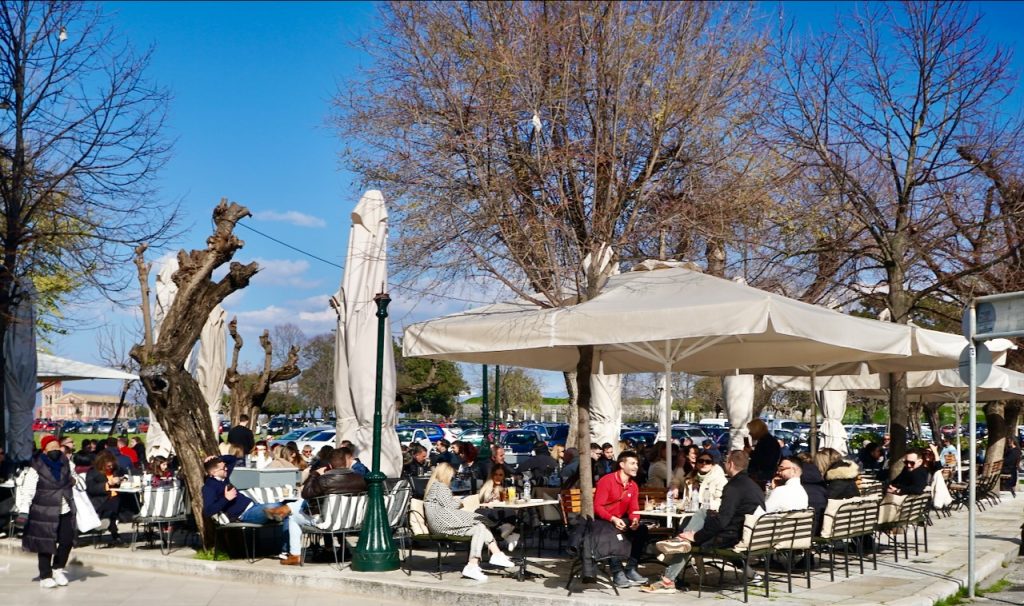

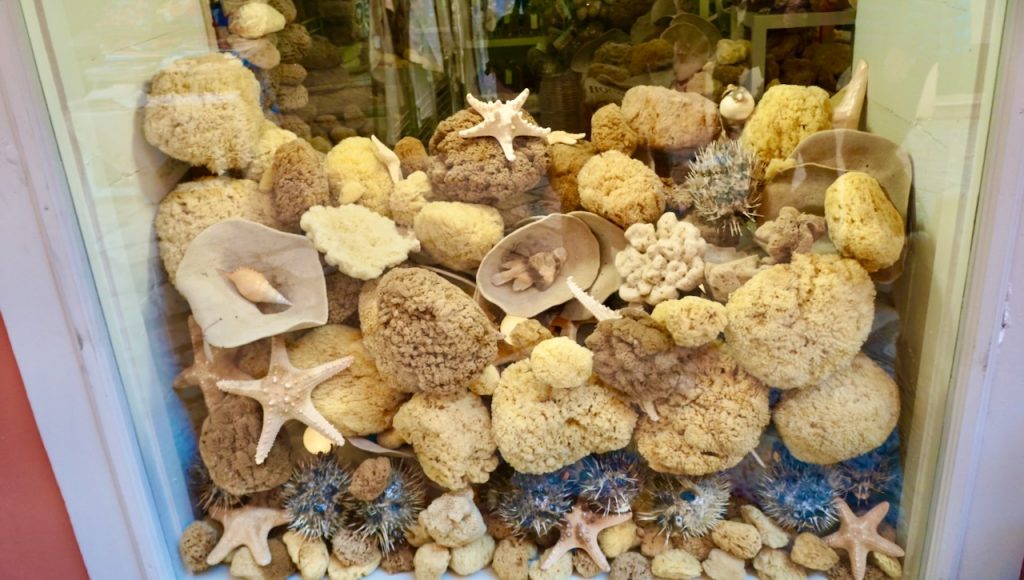
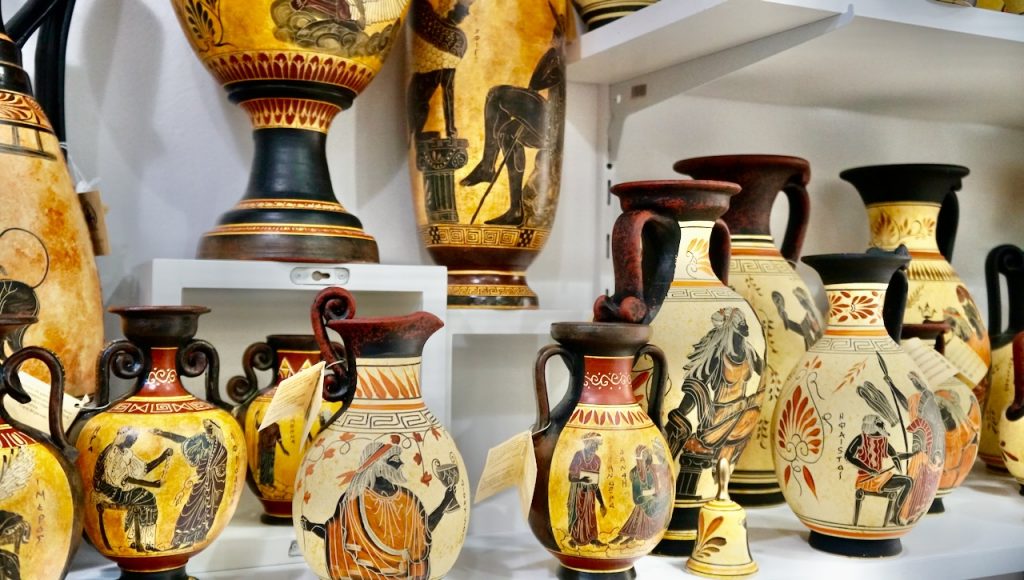

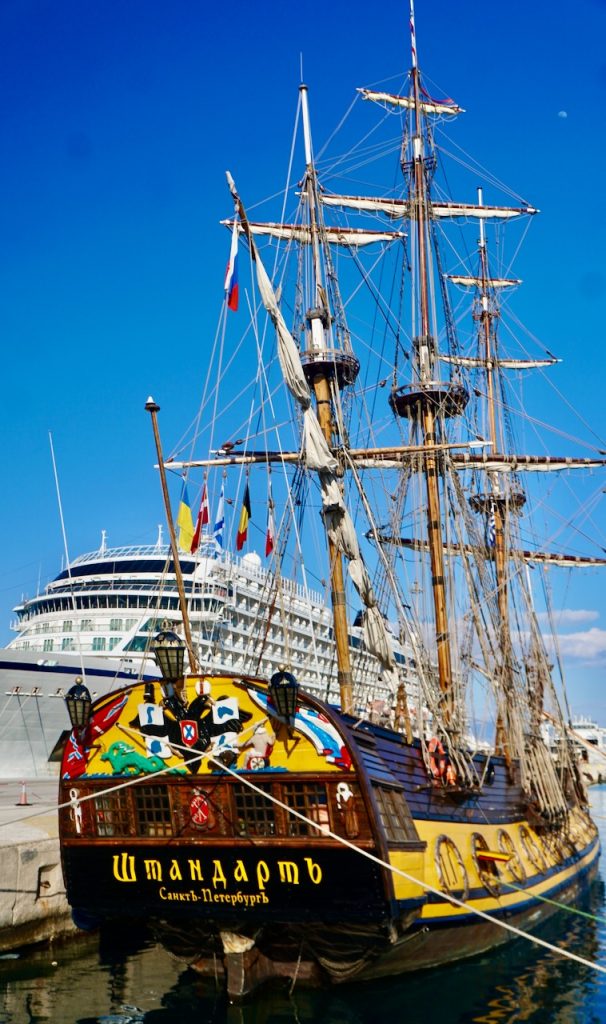

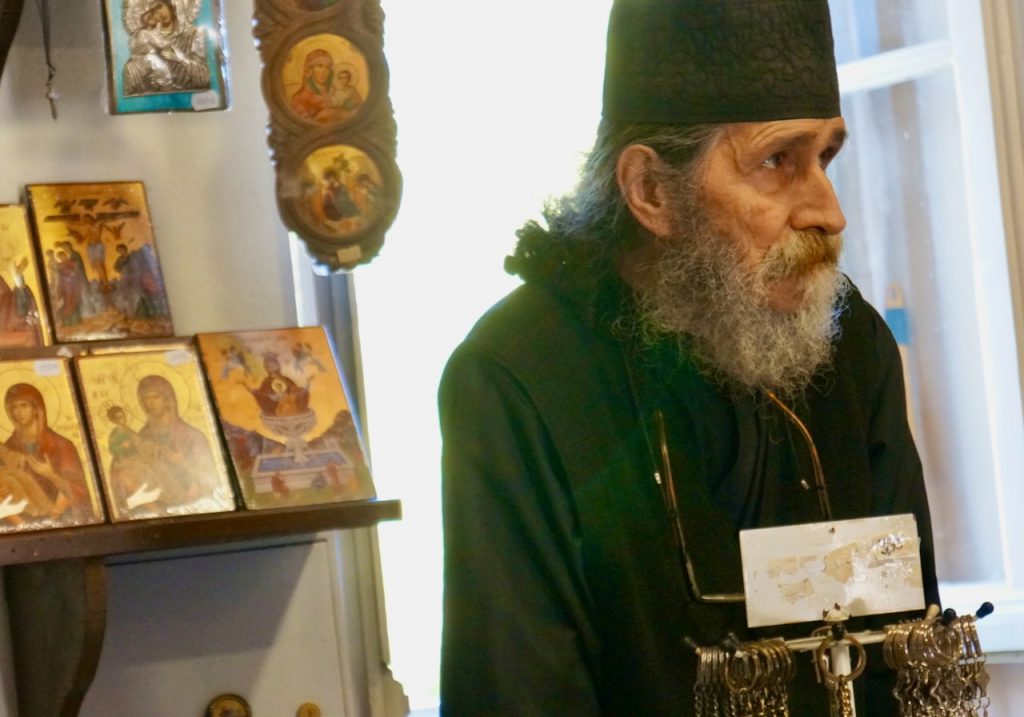
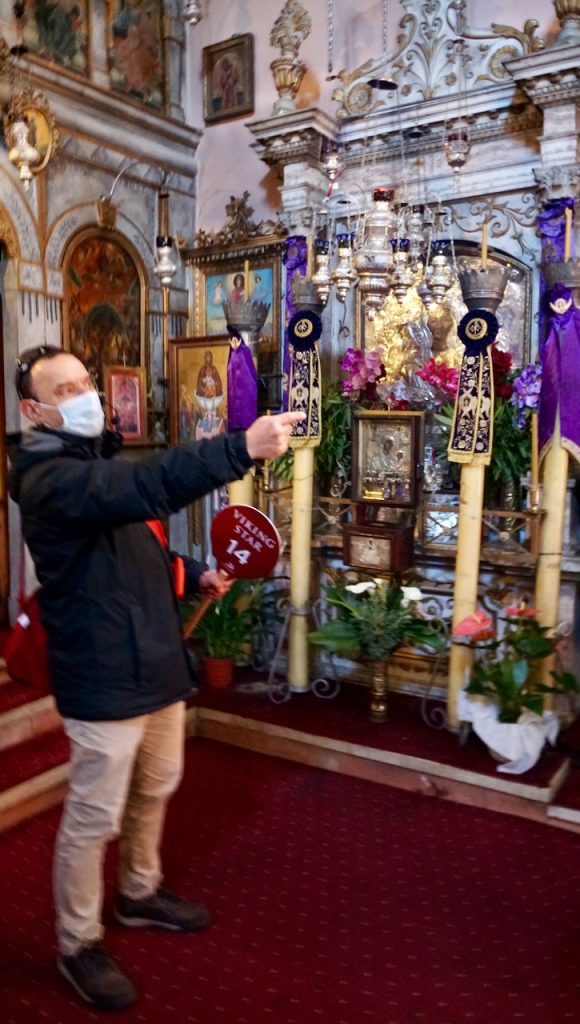
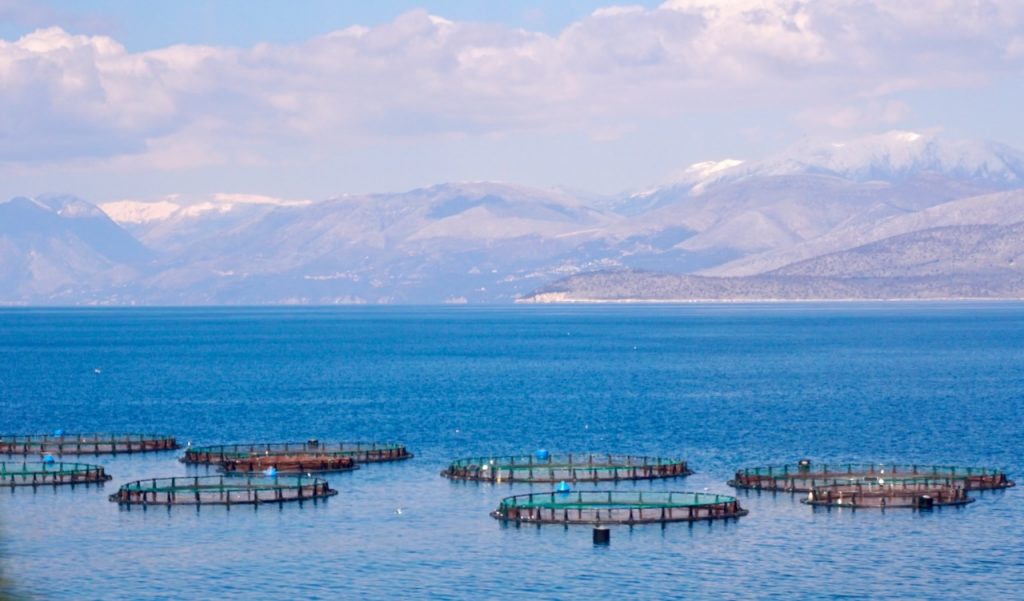
1 Comment on Corfu
Join the Conversation